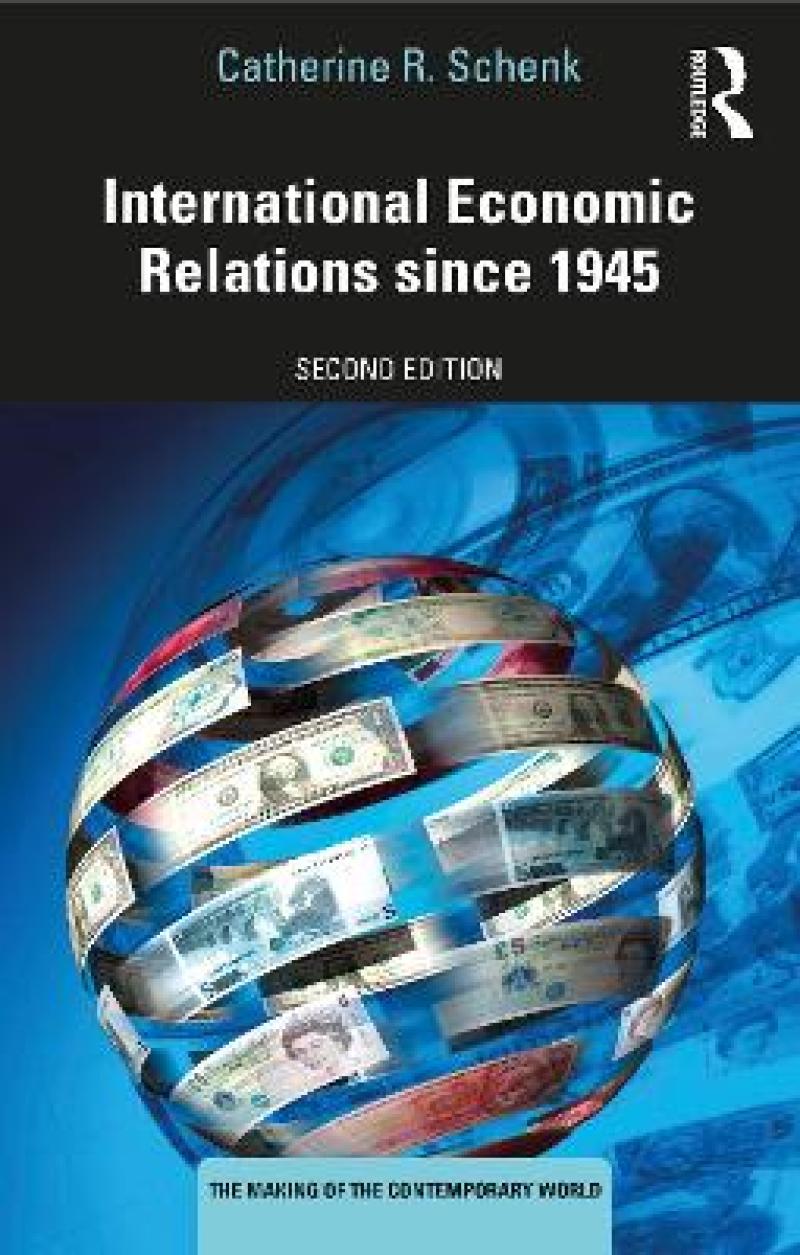This second edition has been updated to include an assessment of economic relations up to the COVID-19 pandemic. It focuses on three main threads that tie national economies together: flows of goods, of people and of finance.Since the end of the Second World War, the international economy transformed from a tightly controlled trading system to the financial globalization of the late 20th century. This book traces the organisation of international economic relations from the 1944 Bretton Woods conference through to the 2008 financial crisis and its aftermath. By outlining the development of economic policy of both national and international institutions like the International Monetary Fund and the European Union, this volume examines how the global system was constructed and explores the sources of inequality and instability. The changing political context is also emphasised, especially the Cold War and its end, the rise of China and other emerging market economies and the prospect of a retreat from globalisation in the wake of the 2008 crisis.Using non-technical language and providing clear examples and evidence, the book is an accessible introduction to international economic relations that will be useful for all students of modern world history since 1945.
Les mer
This second edition has been updated to include an assessment of economic relations up to the Covid-19 pandemic. It focuses on three main threads that tie national economies together: flows of goods, of people and of finance.
Les mer
1. Introduction and Overview 2. Rebuilding the international economic system 1945-50 3. Years of Growth 1950-70 4. Years of Crisis 1970-1985 5. The Start of the Second Globalization 6. The Acceleration of globalisation and renewed crises 7. Lessons not learned: the 2000s 8. Reconstructing international economic relations: 2010-2020
Les mer
Praise for previous edition:"Schenk deals with complex subjects, periods, and organizations clearly and concisely, giving a broad introduction to the making of the contemporary global financial infrastruct. [...] Would I recommend it to students? Yes. Will I dip into it again during the course of teaching? Yes, probably, because of its clarity and conciseness; because it is well written; but mostly because it is well signposted and has clear, simple, and up-to-date graphs and tables; and because it is well referenced but not cluttered."Paul Strong, The Economic History Review, 2012
Les mer
Produktdetaljer
ISBN
9780815395607
Publisert
2021-06-17
Utgave
2. utgave
Utgiver
Vendor
Routledge
Vekt
680 gr
Høyde
216 mm
Bredde
138 mm
Aldersnivå
G, U, 01, 05
Språk
Product language
Engelsk
Format
Product format
Heftet
Antall sider
180
Forfatter
Biographical note
Catherine R. Schenk FRHS, FRSA is Professor of Economic and Social History at the University of Oxford. She has held academic positions in New Zealand, London and Glasgow and visiting positions in China, Hong Kong, the International Monetary Fund and the Bank for International Settlements.
